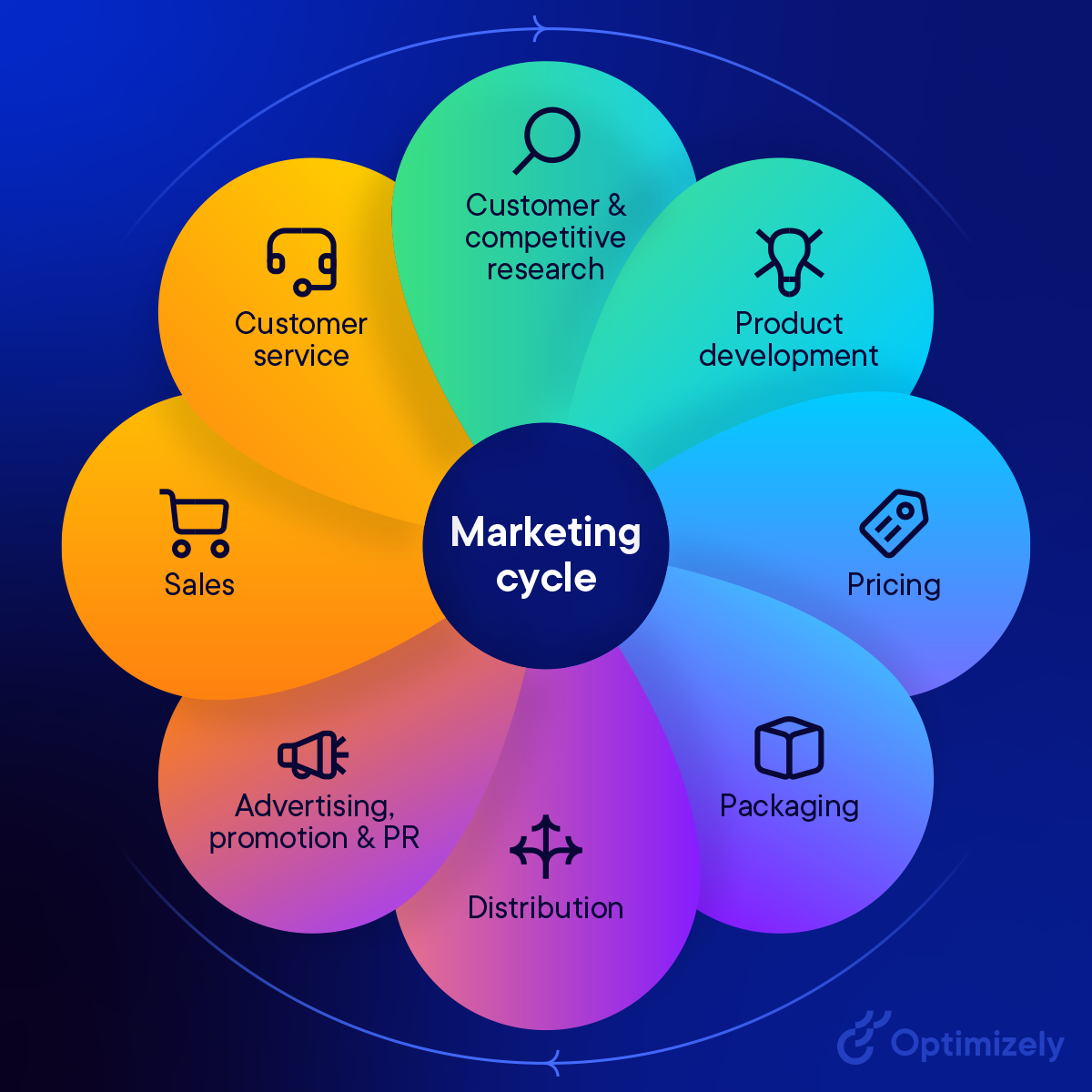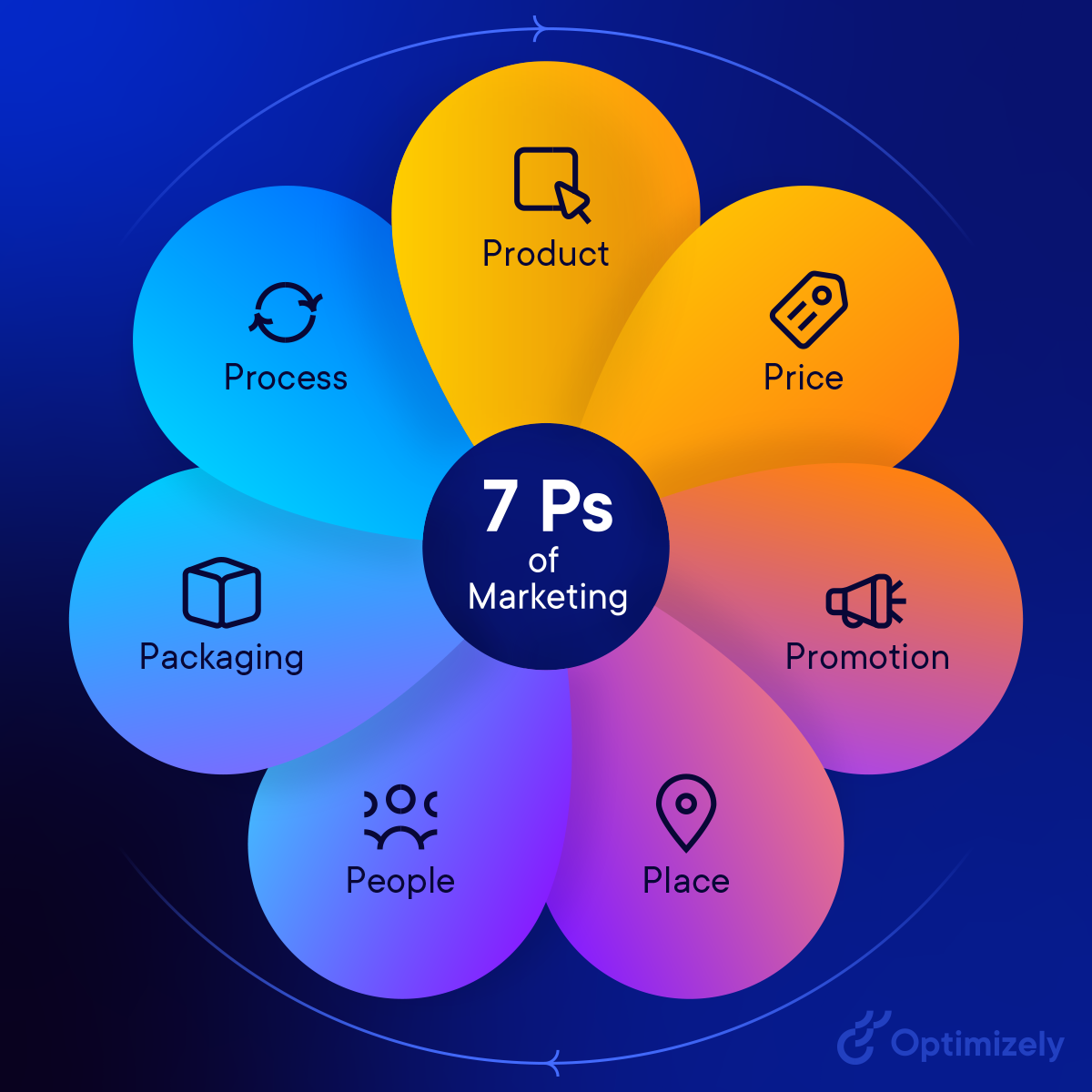Marketing strategy
Table of Contents
What is a marketing strategy?
A marketing strategy is a long-term plan for achieving a company's goals by understanding the needs of customers, whilst creating a distinct and sustainable competitive advantage. It encompasses everything from determining who your customers are, to deciding what channels you use to reach those customers.
With a marketing strategy, you can define how your company positions itself in the marketplace, the types of products you produce, the strategic partners you make, and the type of advertising and promotion you undertake.
Having a marketing strategy is essential to the success of any business.
Key takeaways
-
Marketing is more than just advertising and promotion – it's all about connecting with the customer.
-
A marketing strategy sets the direction for all your product and marketing-related activities.
-
Having a marketing strategy helps keep all your activities on track.
-
Developing a marketing strategy involves setting goals, researching the market, developing product plans, defining your marketing initiatives, and following the '7 Ps'.
Understanding marketing
Before we dive into the ins and outs of marketing strategy, you need to have a firm grasp of what exactly marketing is – and what it isn't.
What is marketing?
Marketing is about connecting your company with potential customers and connecting those customers with your products. It involves understanding customer needs, translating those needs into products and services, packing and pricing those products and services, and then convincing customers that they need to buy those products and services.
To put it simply, marketing is the entire cycle from identifying potential customers to satisfying those customers' needs with the products you produce.

Marketing isn't just advertising, public relations or putting together a website or email campaign. It's also about everything leading up to those activities to support both your customers and your sales team. It, ideally, drives your entire business and determines what products you produce and how you distribute them.
What is included in a marketing strategy?
In essence, a marketing strategy determines the general direction – but not the specific details – for a variety of marketing-related activities. Ideally, your marketing strategy should help you define the following for your company:
-
Target audience: Who you're going after
-
Value proposition: What your USP or competitive value is
-
Product mix: What you're offering
-
Brand messaging: Where (and how) you stand in the market
-
Promotional initiatives: What other benefits can you offer
-
Content marketing: How you'll use content to meet your goals
Marketing strategy vs marketing plan: What's the difference?
The difference between a marketing plan and a marketing strategy is that while a marketing strategy sets the direction and longer-term objectives, a marketing plan goes into detail on the marketing campaigns, marketing tactics, and general timelines for strategy execution.
Get your own content marketing plan template here.
Why is a marketing strategy important?
Creating – and following – a marketing strategy is essential to setting the direction not just for your marketing-related activities but also for your entire business. Your marketing strategy helps you stay in sync with your customer base, develop the right products for them and determine how you communicate information about those products.
Without a defined strategy you won't know who your customers are, you won't develop the right products, and you'll waste money promoting them.
In short, having a defined marketing strategy makes you more successful. According to a CoSchedule survey, companies who have a documented strategy are 313% more likely to be successful than those who don't.
Types of marketing strategies
There are multiple types of marketing strategies, including:
- Content marketing
- Search engine optimization (SEO)
- Paid media
- Digital marketing
- Product marketing
- Email marketing
- Social media marketing
- Partnerships
Whilst they all might have their separate teams, you ideally want to work with an integrated marketing approach. This offers a shared roadmap and tone of voice between the teams, leading to clear and consistent brand messaging across all marketing channels and marketing activities.
What you see in your press releases may differ slightly from the posts on your brand's social media platforms (eg. Instagram or LinkedIn) to align with specific buyer personas and behaviors, but the overall messaging between your marketing efforts should be on the same lines. This ensures for a smoother user experience, and a way more streamlined way of building brand awareness.
How to create an effective marketing strategy
There are several steps you need to take to create a successful marketing strategy for your business.
1) Set definable business goals
Your company's vision and objectives are the driving factors behind your marketing strategy. These overall objectives help determine your marketing goals, which your marketing strategy is in service of.
Your marketing goals build on your company's goals. You might set a goal to achieve a specific market share, dominate a particular channel or reach a certain percentage of a certain type of consumer. Your goals should be reachable and measurable.
2) Identify and research the target market
The goals you set help you define the target market to pursue. This requires you to get familiar with the customers in this market, which requires some degree of market research and analysis. You need to determine the following about the target market and its customers:
-
Market size and growth potential
-
Competitors
-
Geographic and demographic characteristics
-
Customer behavior
From here, you can really develop your ideal customer profiles and buyer personas. And remember: you can't be competitive without knowing what your competitors are up to - competitor analysis is key to market penetration and moving up those search rankings.
3) Focus on the 7 Ps

As you develop your marketing strategy, you should focus on the traditional 7 Ps of marketing:
-
Product: How you satisfy customer needs
-
Price: How much customers are willing to pay for your product
-
Promotion: Which channels you use to tell customers about your product
-
Place: Where you sell your product
-
People: Individuals who help sell your product to customers
-
Packaging: How you present your product to the customer
-
Process: How you deliver your product to customers
4) Develop product plans
Once you understand your target customers, you can determine what products best serve those customers' needs. When you know what a customer wants, you can build the right product for that customer.
Developing the product falls outside the parameters of the marketing department, of course, as does producing the product. But marketing should have a prominent and vocal role in determining the product's features, pricing and packaging, as determined by customer needs and metrics.
5) Identify the key benefits
Savvy marketers know that new customers don't make decisions based on a new product's features but rather on how that product benefits them. It's essential to identify the key benefits of the products you develop – how that product best serves the customers' wants or needs.
Unsuccessful products often have attractive features but unless those features translate into benefits, customers simply don't care. It's not a matter of "if you build it, they will come," it's a matter of meeting your customers' needs.
6) Craft your positioning and messaging
Product positioning should build on a product's benefits and how the product meets the needs of the target audience. You have to deeply understand what your customers value and then position your product accordingly.
This follows through into all messaging surrounding the product. The product position may be that it's the best for meeting a particular need – the messaging communicates that positioning in a clear, concise and attention-getting fashion.
Don't forget to follow marketing trends as this can really increase your opportunity. For example, user-generated content (UGC) has become a real hit in recent years, so try and embrace this. This has developed from simple referral strategies or word-of-mouth, which can be done via testimonials and case studies that talk about your unique value.
7) Define your marketing mix
Finally, your marketing strategy should determine how you reach your target audience – what channels and activities you include in your marketing mix. This can include traditional channels like print, radio and television, as well as digital channels, social media and mobile apps.
Make Optimizely part of your marketing strategy
Optimizely One, our digital experience platform should be part of your company's marketing strategy. Optimizely's online solutions help you better manage your digital assets, optimize the customer experience, and enhance your company's ecommerce efforts, improving the effectiveness of your evolving marketing strategy.